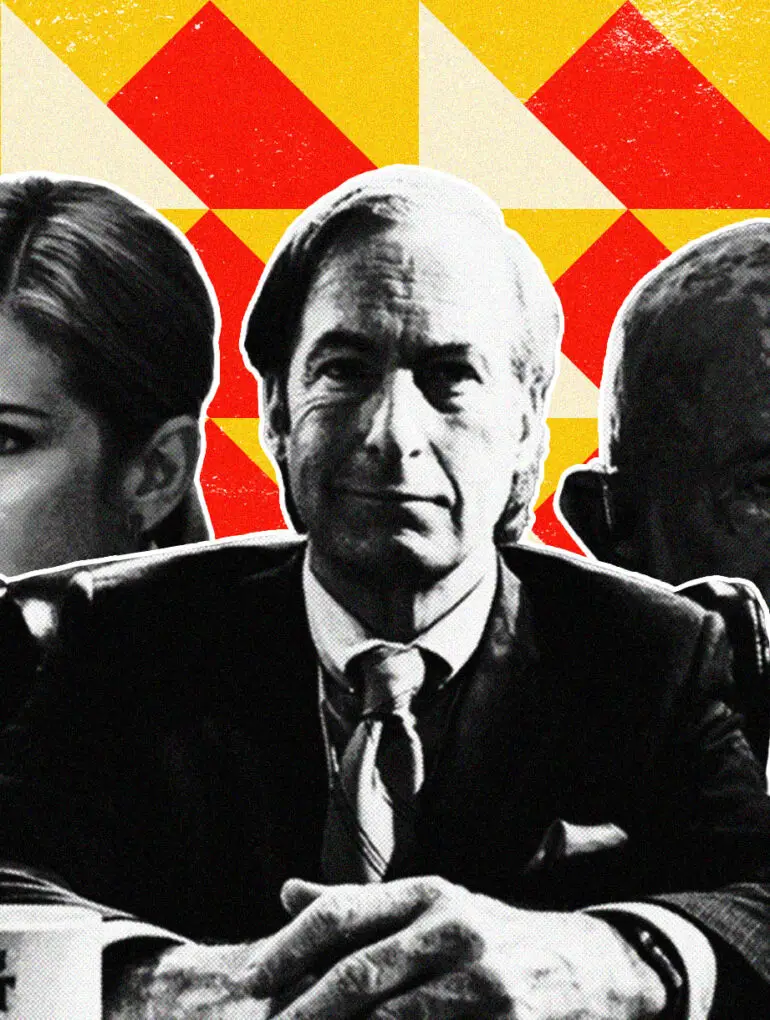Better Call Saul, the Breaking Bad spinoff that ran for six years, wrapped up its run on AMC earlier this month, earning great acclaim for both its totality as a series and for how it handled its endgame.
The series starred Bob Odenkirk, a man associated with comedy for the majority of his career and one who had been something of a comic relief character on Breaking Bad, and gave him a dramatic leading role, one he completely nailed. And the whole world came together to hope for him when Odenkirk suffered a heart attack on the set of the final season and nearly died.
The End
One thing especially notable about how Better Call Saul ended was the fate of its main character, which [SPOILERS BEGIN NOW FOR BETTER CALL SAUL AND EVERY OTHER MAJOR TV SERIES OF THE LAST TWO DECADES] was different from that of almost every show in the antihero/”Peak TV” era.
Better Call Saul, in its final season, finally moved into the “Cinnabon Gene” timeline, after the events of Breaking Bad, which had only been glimpsed in flash-forwards throughout the series. And the ending is that… Jimmy McGill/Saul Goodman ends up in prison for his crimes, probably for life or something close to it.
None Like Saul
None of the other antihero shows did anything like this. Breaking Bad, of course, had Walter White die at the end, but not before gaining revenge against all of his remaining enemies, ensuring a secure financial future for his children, and going out on his own terms. Sons of Anarchy ended almost identically, with Jax Teller dying but first arranging for the death of all his rivals and taking care of some savvy estate planning.
Mad Men was slightly different because Don Draper — aside from the identity theft — wasn’t really a criminal mastermind. And of course, The Sopranos, despite Tony once declaring “there are two endings for a guy like me… dead, or in the can,” opted for no ending at all. Regardless of your theories about what actually happened in Holsten’s, The Sopranos did not end with Tony going to jail. Deadwood, of course, had no ending due to its sudden cancellation, but the 2019 wrap-up movie did not conclude with Al Swearengen behind bars.
Big Love ended with Bill Hendrickson assassinated. The Wire concluded with McNulty badge-less and pension-less, but not in prison. Game of Thrones ended with Daenerys Targaryen turning heel, committing mass murder, and dying, but not with incarceration. Oz was entirely about prison, so sending someone there at the end wouldn’t have had the same oomph.
The Shield may have had the best, most devastating ending of all of these shows, with formerly invincible corrupt cop Vic Mackey, having gotten immunity and confessed to all his crimes, ending up a friendless desk jockey.
But Better Call Saul was the first major peak TV show to let its lead character languish in prison.
There’s a pretty good reason for this. A character ending a show in prison is both a downer of an ending and not an especially cathartic one. But Better Call Saul, especially with its final moments, made the ending both satisfying, and true to the show.




